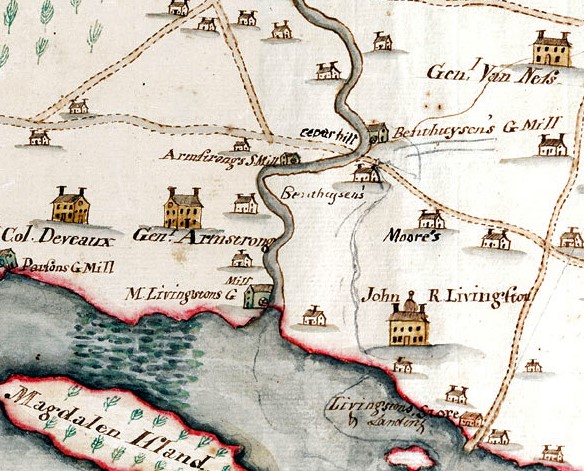This map series takes a local view of the potential impacts of hydropower on water and wildlife, zooming in on the Saw Kill Watershed. Like the Statewide maps , these maps examine various potential including the interaction of biological barriers with groundwater vulnerability, surface water, and land use. The intention of these maps is to put the impact of hydropower into perspective at the local scale.
In addition these maps are intended as EXAMPLES of how map viewers may be used to consume public information to support a risk assessment. There is a plethora of available data and we have provided at least some guidance on where to start.
The maps below illustrate how to create a multi-criteria index based on several different factors that may be relevant to a particular risk. To create each of these maps, we used a series of landscape characteristics available as public domain data. Each of these characteristics was assigned a numerical score, and those scores were combined to create a total rating of vulnerability in each map. The map views are synchronized so that it’s easy to toggle between the three tabs to view the different risk indices at any given location.
These maps are meant to provide a general guide, and illustrate how such indexes may be useful. They are not a substitute for reviewing your site individually. Your location and stakeholder community may have additional or differing criteria, or may desire simpler or more complex risk assignments.
Groundwater Risk
This map shows where there is greater risk to the groundwater supply based on depth to groundwater, land use, and soil characteristics. Darker colors represent areas where more two or more of these metrics overlap, indicating greater potential groundwater vulnerability.
Surface Water Quality
This map shows where there is greater risk to surface water conditions based on land cover, riparian area cover, and the location of dams (i.e., half mile buffer around dam locations). Darker colors represent areas of greater potential surface water risk.
Aquatic Passage
This map shows areas where aquatic species may have trouble moving through a stream. Culvert length, culvert width, and stream slope are used to determine the risk of barriers to aquatic species movement.


One response
[…] Explore the Community Mapper here. […]